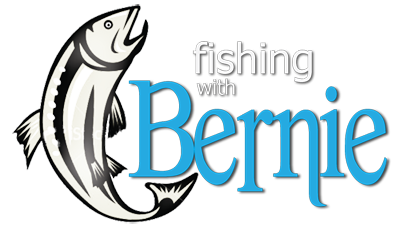There always seems to be a time around mid-ice season when we see slush. Slush generally happens when we get a good amount of snow. The weight of the snow pushes down on the ice causing the water to rise through cracks and holes. The heavier the snow the more pressure on the ice the deeper the slush. There are people who decide to stay home, I would rather go fishing. Here are a few ideas to help deal with the slush.
This can cause us lots of problems. Our vehicles can get stuck, we waddle around in it and get soaked while fishing. Gear gets weighted down, breakdowns are a little more frequent.
There are a few things we can do to avoid some slushy issues. Let’s start with boots, I’ve been using the Sub- Zero X rubber boot from Clam. They keep my feet dry, If you’re not into rubber boots. Make sure to use some kind of water proofing on your boots, and re apply often.
Snow machines should be loaded with a minimum amount of gear, the lighter the sleds the less chance of getting stuck. If your pulling a sled put most of the weight to the rear of it. Mount your hitch lower then the hitch on your machine. These 2 suggestions will help the sled ride “nose up” instead of acting pike a plow. Your best bet is to leave the pull sled at home.
If you’re staying on the lake for a few days take your snow machine out during the day and pack a trail to your spot, then pack down where you want your hut up. Overnight the packed area will freeze and your experience will be drier. If you didn’t get the chance to “pack your track” and find slushy conditions try making a circle on your machine then parking it in a spot that’s not slushy. If you do get stuck, shovel out the snow that built up in the front of the machine. Lift and drop the rear of the machine, this should help rid the sled of slush in the cowling and tracks. Lift the rear of the machine over to “fresh snow. Then grab a ski and pull while your buddy gives the machine gas.
Atv’s with or without tracks are a totally different experience in deep snow and slush. A winch is a necessary tool. Keep a piece of ¾ angle iron about 4” larger then your auger diameter. Drill a hole a little off center, bolt a 3-4’ section of ¾” chain to it. If you do get stuck you can drill an ice hole, drop the angle iron in the hole and winch yourself out 50’ at a time.
These were just a few tips to help deal with slush. Go out and find those fish that others aren’t looking for.

















